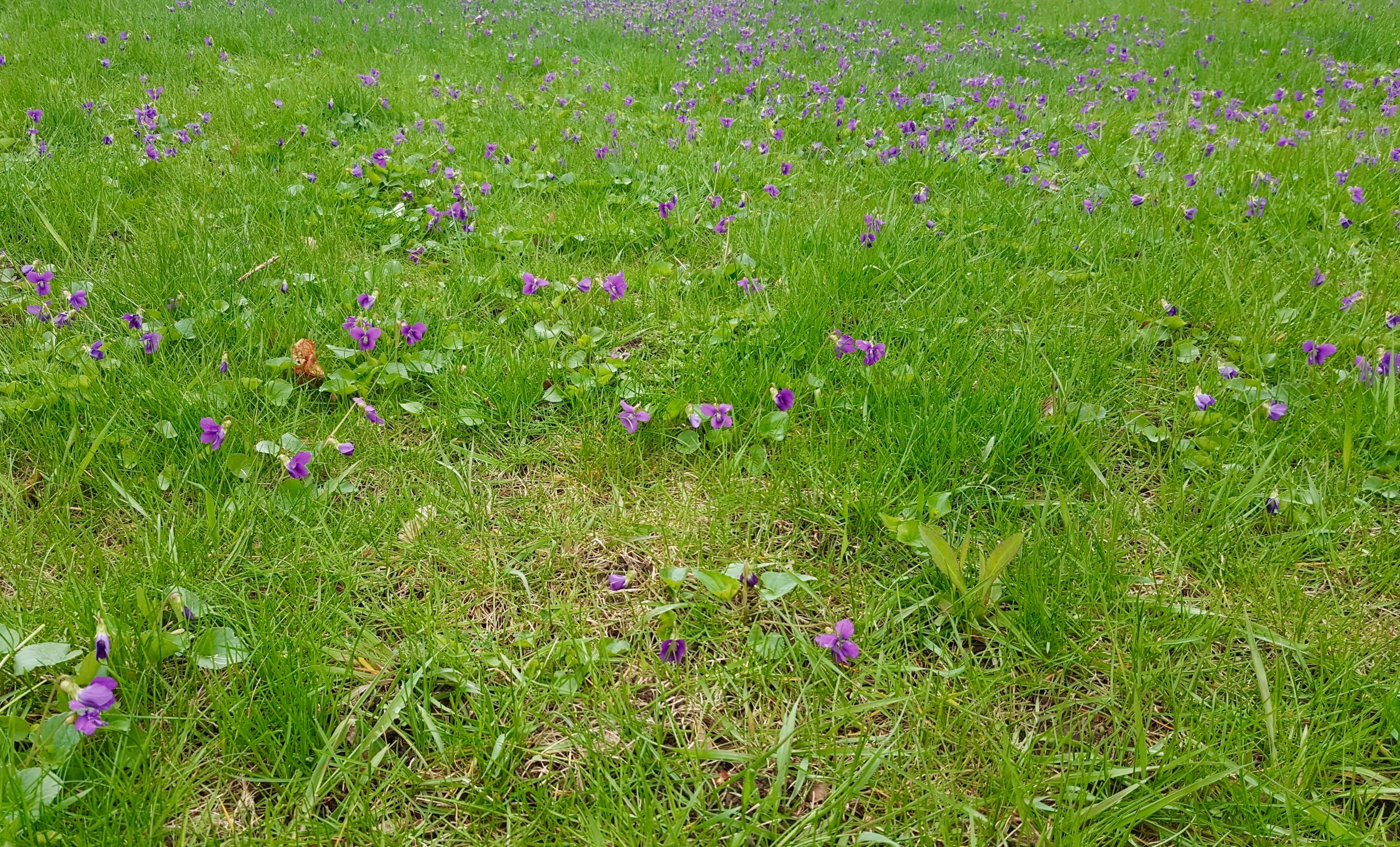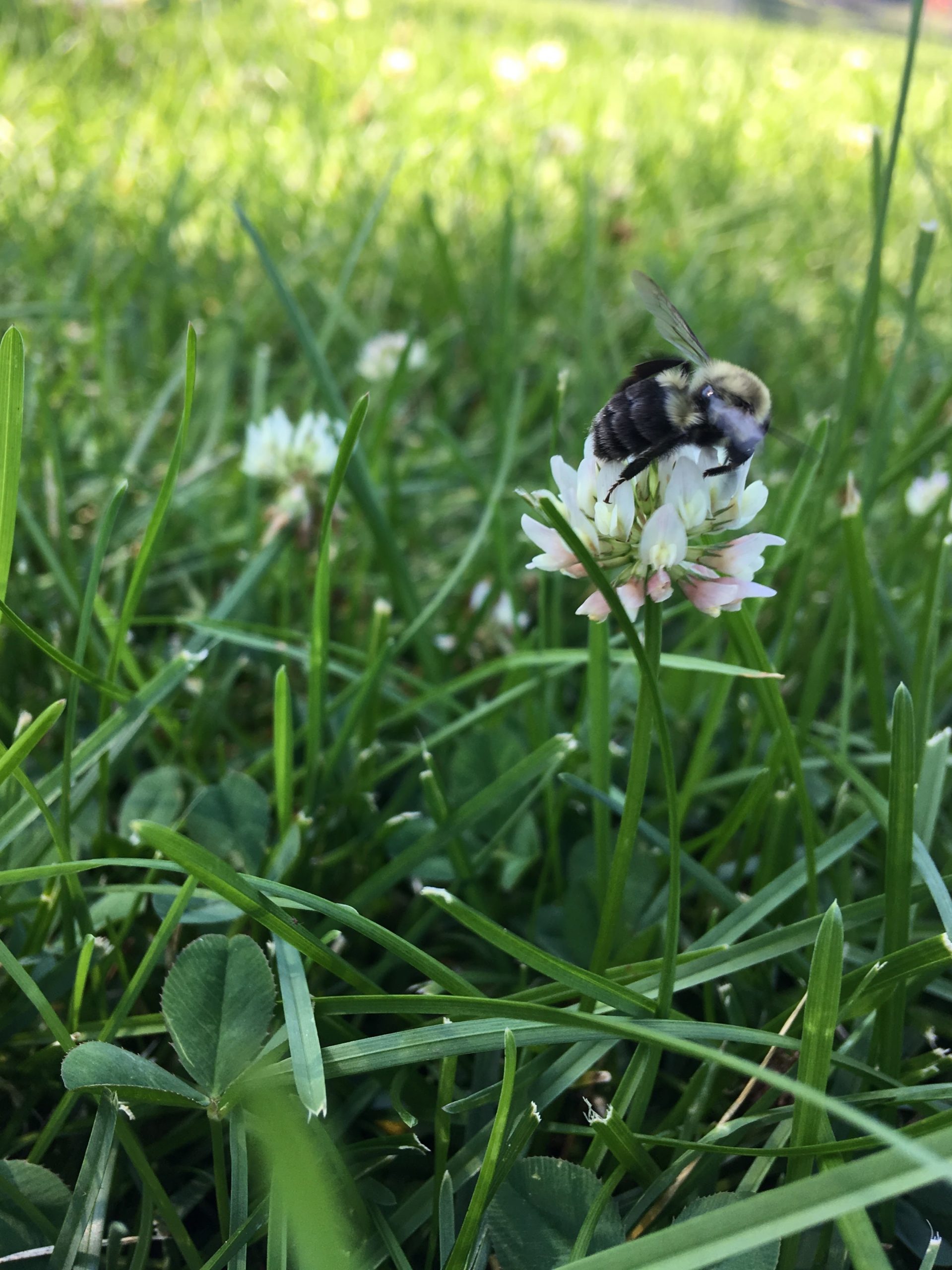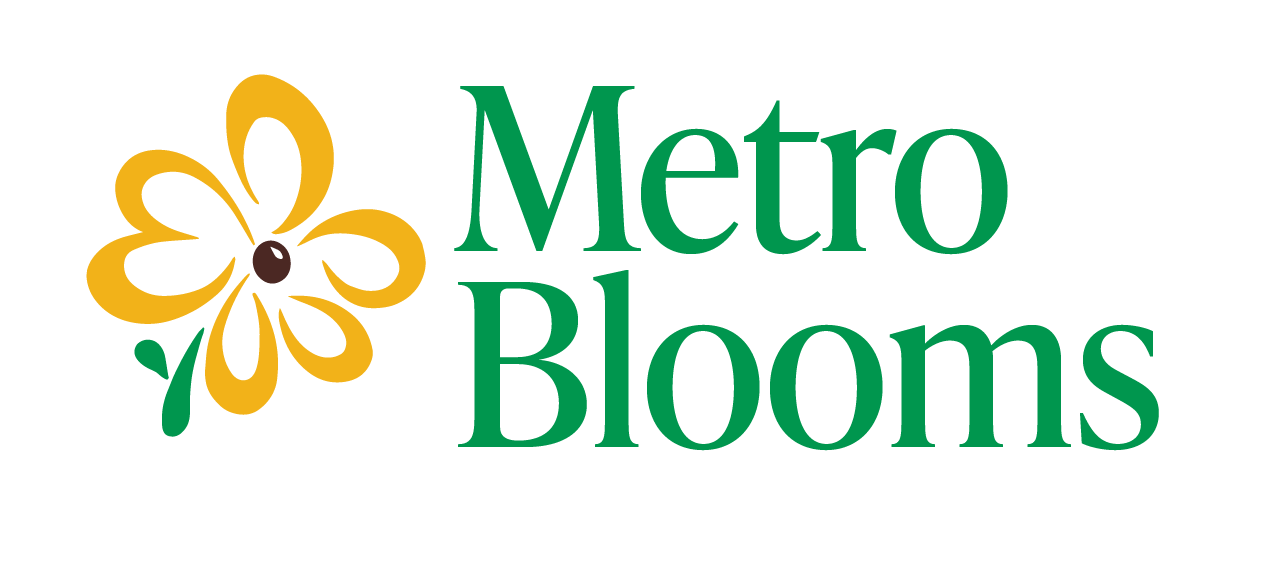 If you want to change your lawn, ask yourself what you expect from your new landscape. How different do you want it to look? How much time are you prepared to spend on maintenance? How much foot traffic will it receive?
If you want to change your lawn, ask yourself what you expect from your new landscape. How different do you want it to look? How much time are you prepared to spend on maintenance? How much foot traffic will it receive?
Then think about existing conditions. What kind of soil do you have? How important are sun and shade? And what about weeds?
These are some of the topics covered at the Blue Thumb Installing Turf Alternatives workshop, hosted by Metro Blooms, currently being held in several locations in the metro area. The workshop offers three distinct approaches to installing sustainable turf alternatives: low-maintenance lawns, flowering bee lawns and perennial ground cover. Compared to conventional grass lawns, these options use fewer resources, provide richer habitat and even infiltrate stormwater better, reducing the runoff that pollutes our lakes and streams.
Sign up for a workshop here: metroblooms.org/workshops
A low-maintenance lawn swaps out conventional grasses, such as Kentucky bluegrass, for other species that need less mowing, water, fertilizers and pesticides. Most of these lawns use a mix of fine fescues, fine-bladed grasses that tend to lean or lie rather than stand straight. They grow slowly, creating a sod that prevents weeds, and should be kept longer than traditional grass. These lawns work well in areas with moderate foot traffic.
 Bee lawns incorporate flowering plants that provide forage for bees and other pollinators. The flowering plants—white clover, creeping thyme and self-heal are good examples—give the bee lawn a more variegated look. It also helps pollinators if you mow the lawn no shorter than three inches, and wait to mow if flowers are blooming. Depending on how you plant this lawn, it can sustain moderate foot traffic.
Bee lawns incorporate flowering plants that provide forage for bees and other pollinators. The flowering plants—white clover, creeping thyme and self-heal are good examples—give the bee lawn a more variegated look. It also helps pollinators if you mow the lawn no shorter than three inches, and wait to mow if flowers are blooming. Depending on how you plant this lawn, it can sustain moderate foot traffic.
The most dramatically different turf alternative discussed at the workshop is perennial ground cover. This involves completely replacing walkable turf for a matrix of tightly-spaced grasses and flowering plants. You could even create areas of native prairie or meadow. This is most appropriate in low-use areas. Initially it costs more, in time and money, to establish this landscape, but in the long run it requires less maintenance (no mowing), and pays you back richly with a wealth of biodiversity.
For more information on choosing turf alternatives, do-it-yourself guides, and finding help to install them: blue-thumb.org/turfalternatives
